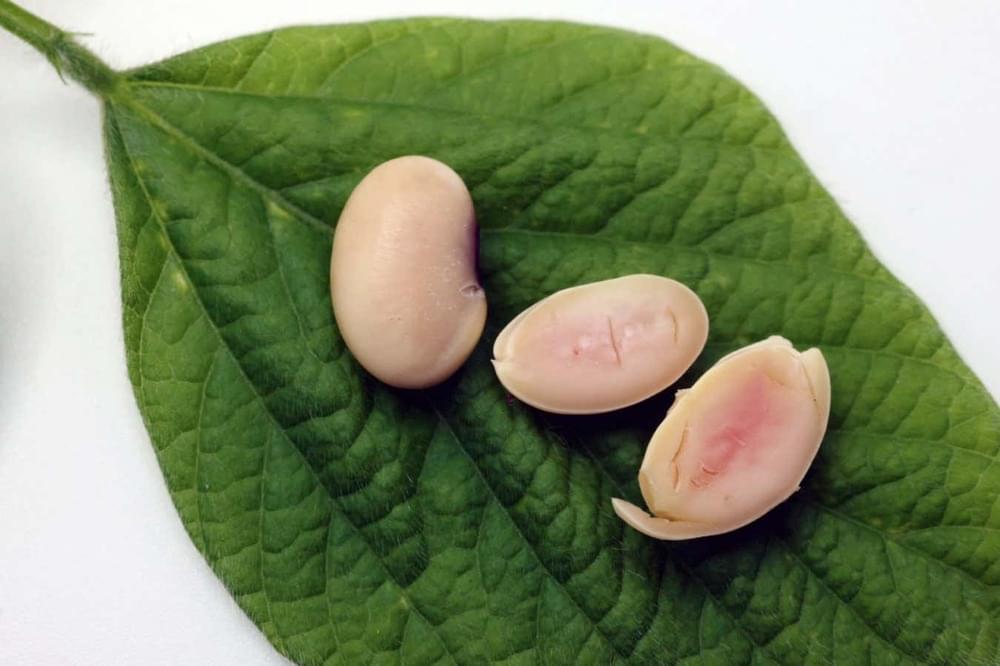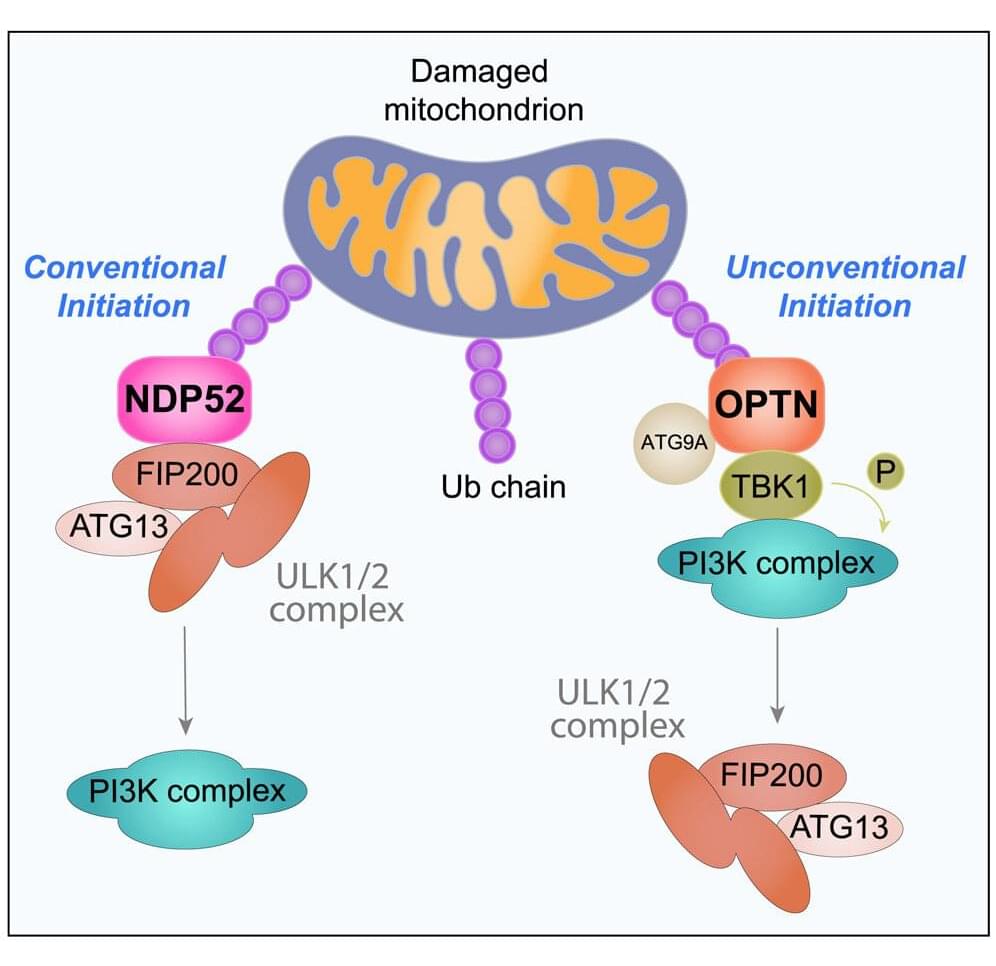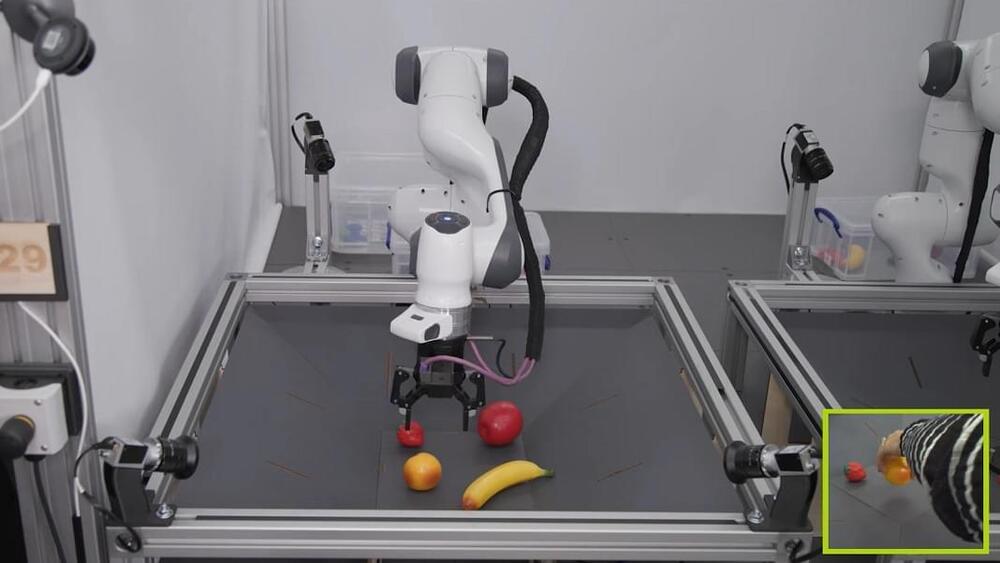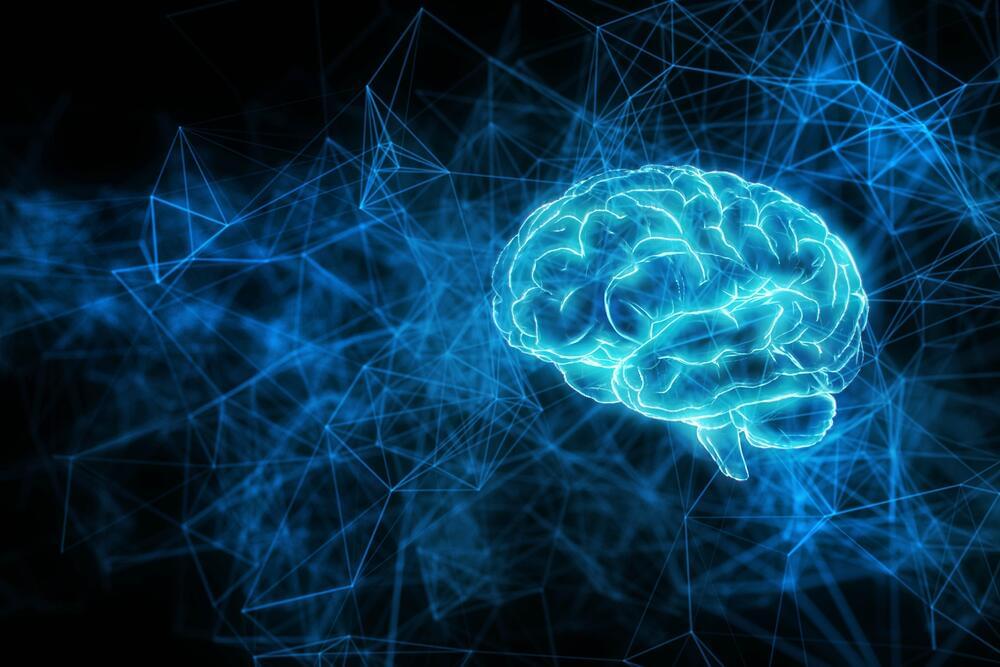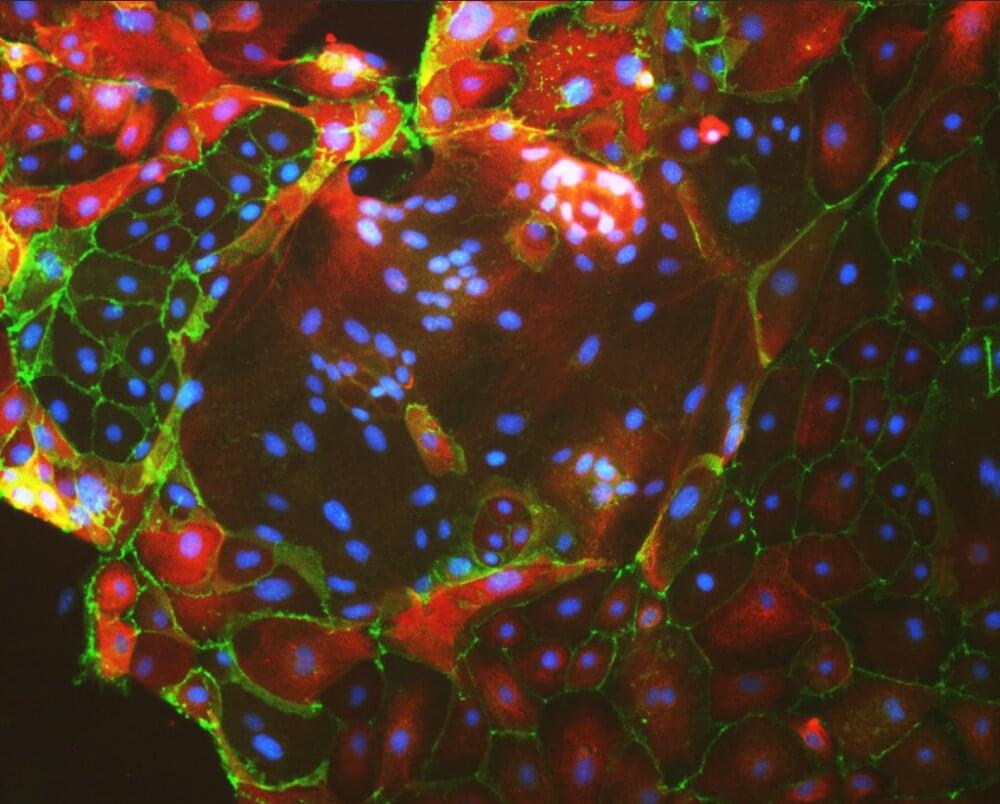
Now consider two tabletops, parallel to each other but not touching. The second tabletop is also infinite in two dimensions, and other kinds of creatures live there. Finally, imagine that a narrow tunnel connects the two spaces somewhere.
Without access to the tunnel, the creatures dwelling in each space believe they live in a single, infinite universe. This is especially true if the tunnel lies outside their cosmic horizon. They will never know that their universes are part of a larger structure, a two-dimensional multiverse. It is easy to imagine an infinite number of two-dimensional flat spaces stacked on top of one another, each connected to the next by a similar tunnel, and each tunnel inaccessible to any of the universes’ inhabitants.
The multiverse need not be so simple, either. Universes can be curved and finite, sprouting from an infinite mother universe. The sprouting universes may themselves be infinite. Think of bubbles being blown from a piece of bubble gum. Little bubbles will shrink back, while bigger ones might keep on growing. If a bubble starts growing in a heavily populated region of flat space, some of the inhabitants will be carried into it. Others will remain outside, horrified to see their friends sucked into oblivion. But most of the creatures in the growing bubble survive their ordeal and start to explore their new world. Generations pass. Their scientists measure the curvature of space and see that their universe is closed, like the surface of a sphere. Since the bubble kept on growing, the tunnel-like aperture to the original universe is well beyond their cosmic horizon. These creatures live in a closed, expanding universe, unaware of their connection to a flat, infinite space. Meanwhile, creatures in the original space saw the aperture to the bubble universe close more and more until it became too narrow to cross. All that is left, to them, is a scar in space marking the long-forgotten birthing event. The bubble universe is isolated from its mother universe.

